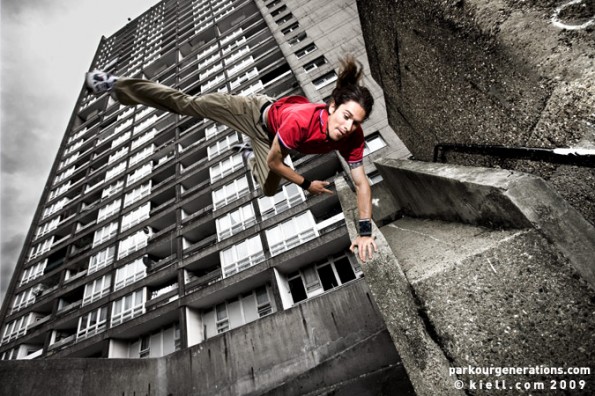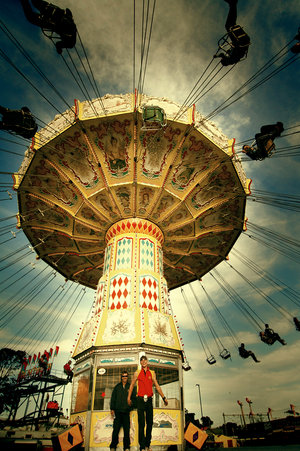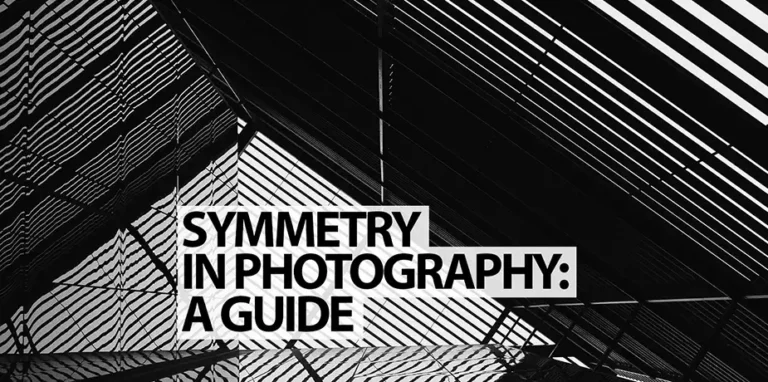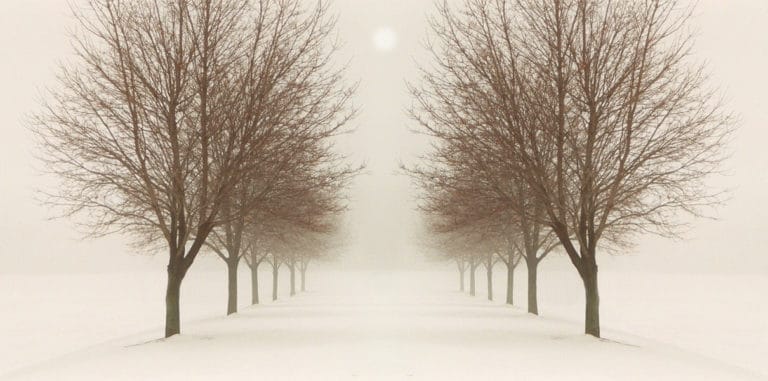
Composition: A Parkour Frame of Mind
This is a guest post by Andy ‘Kiell’ Day . He is a renowned Parkour photographer, practitioner of parkour himself, and rock climber / builderer. His book “The Moments Between” (see our review) is possibly the first ever book featuring parkour…





